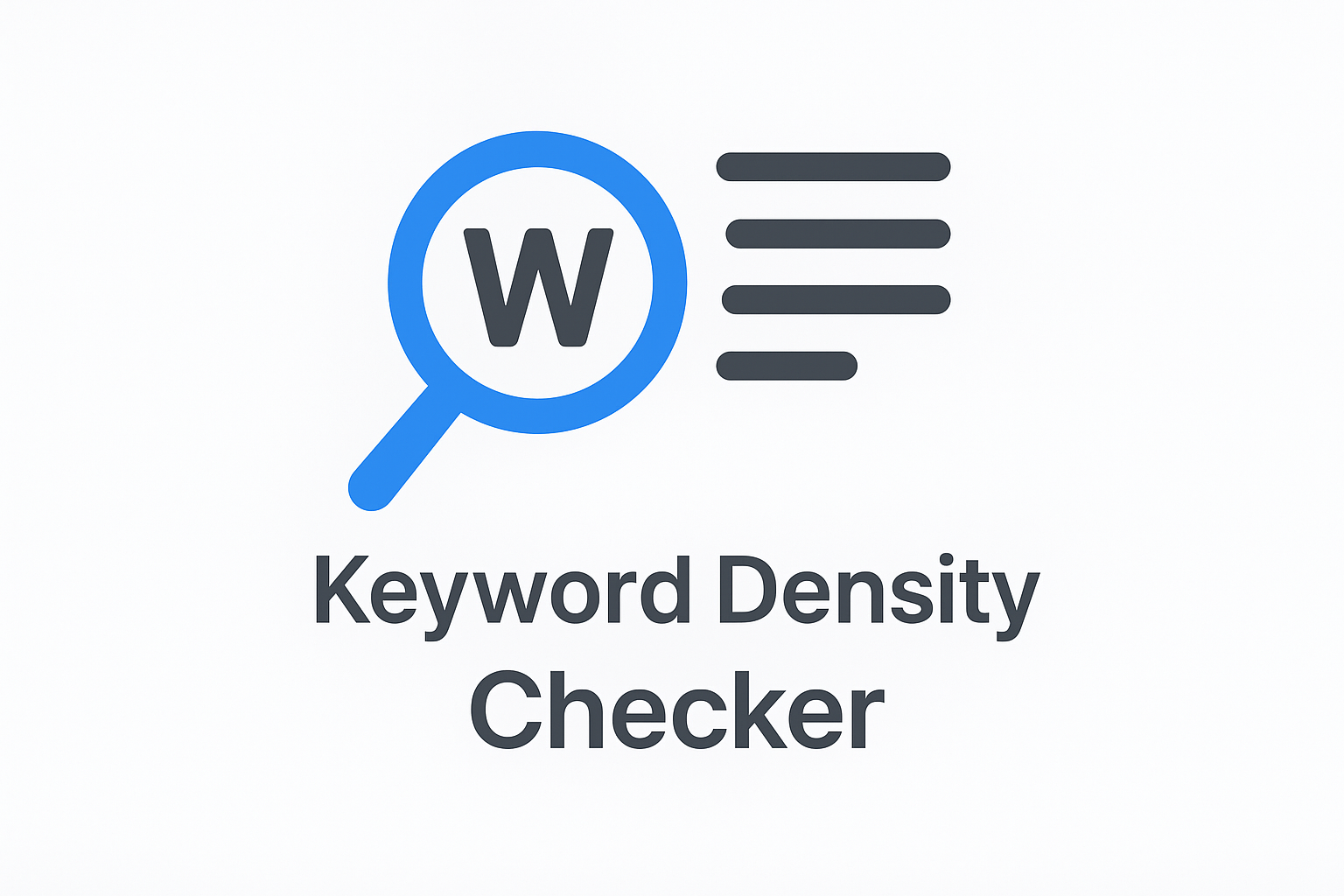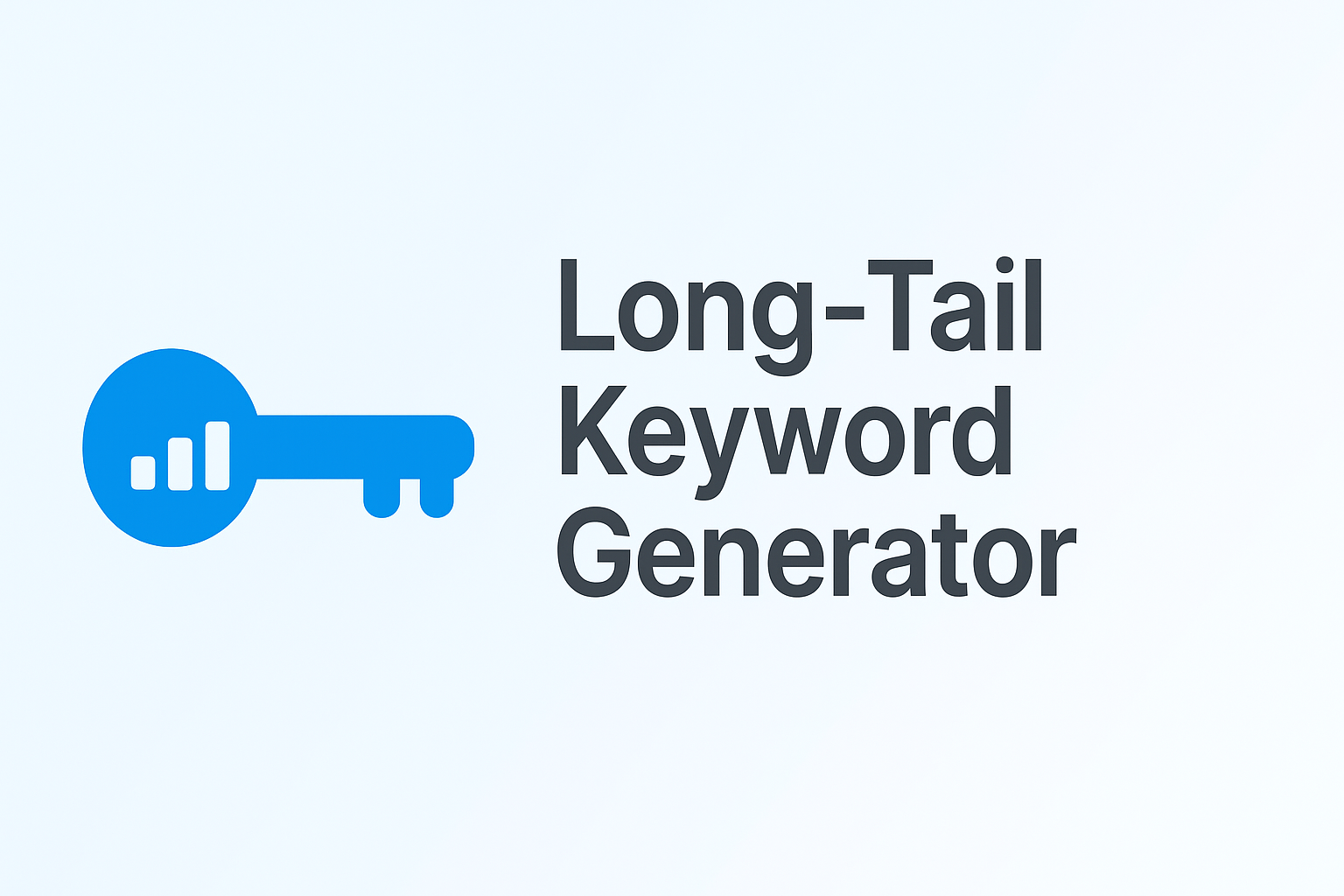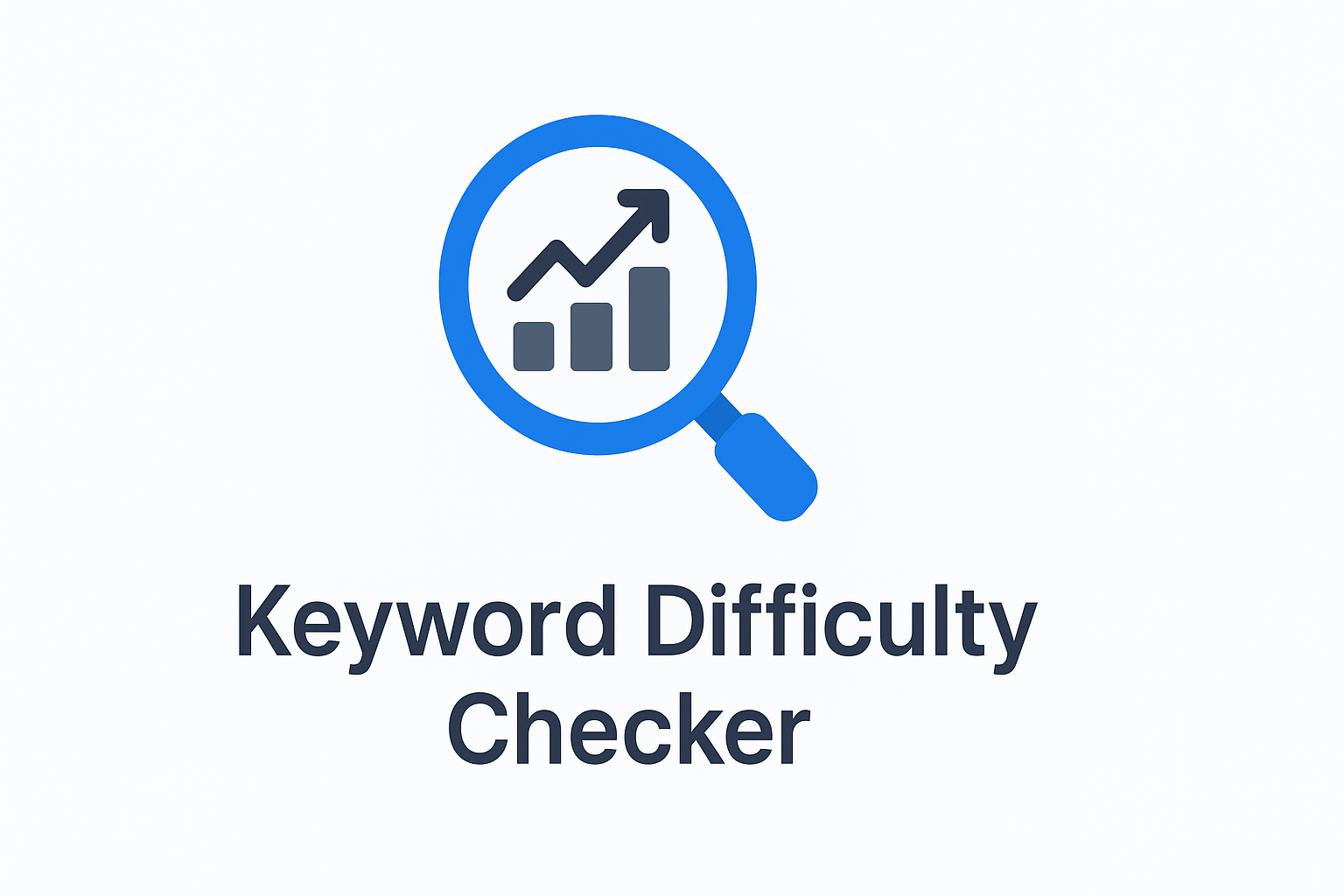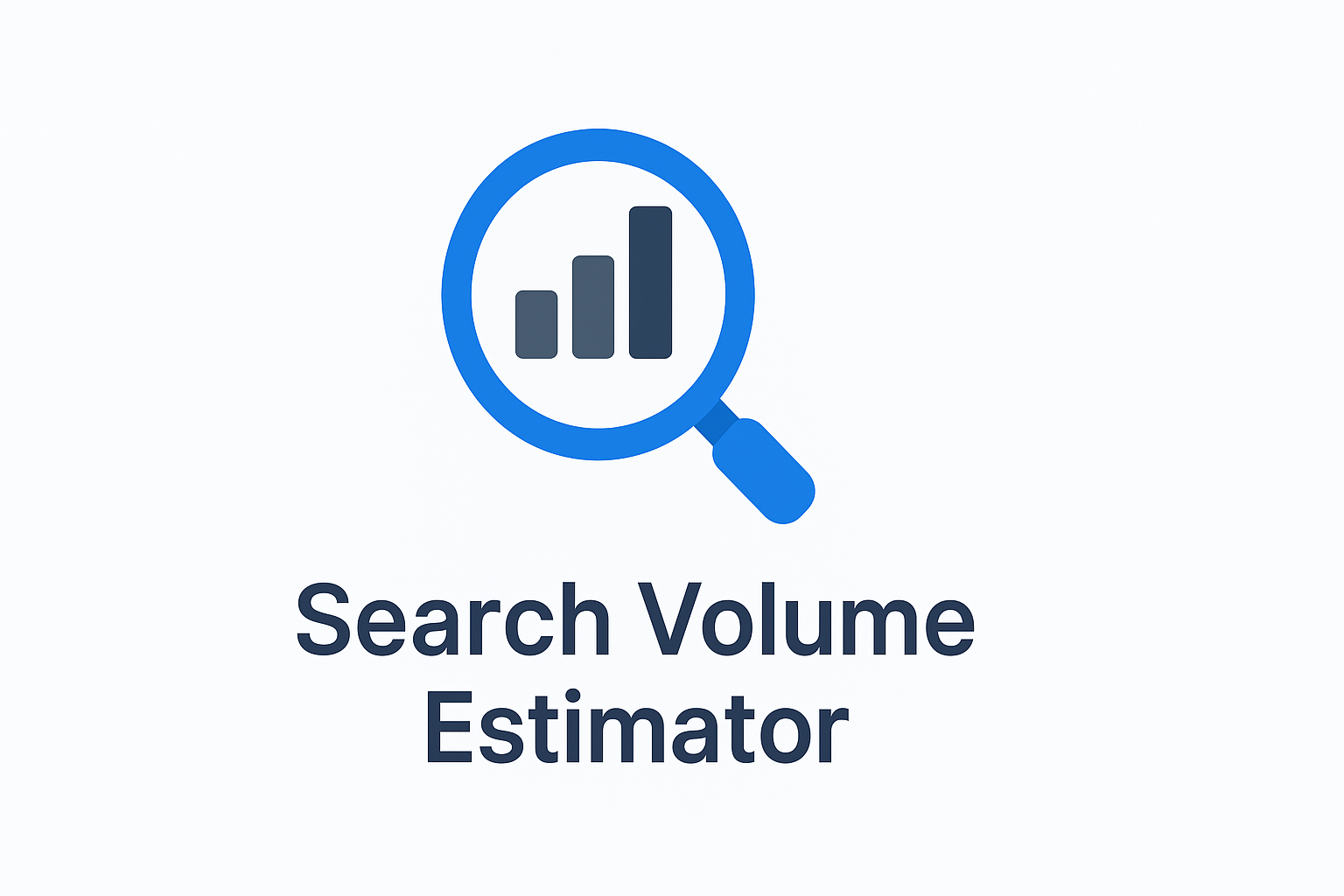Page Speed Tester
Analyze your website’s performance and Core Web Vitals.
Analysis Results
Overall Score
A performance score from 0-100. Higher is better.
Largest Contentful Paint (LCP)
—
Measures when the largest content element on the page becomes visible.
Interaction to Next Paint (INP)
—
Measures a page’s responsiveness to user interactions like clicks or taps.
Cumulative Layout Shift (CLS)
—
Measures visual stability—how much elements shift unexpectedly during page load.
Detailed Description
Page speed refers to the time it takes for a web page to load and become fully interactive for a user. It is a critical factor for both user experience and search engine optimization (SEO). A slow-loading website can lead to high bounce rates, as users are impatient and may leave a site that takes more than a few seconds to load. A fast, responsive site, on the other hand, provides a smooth experience, encourages engagement, and can significantly increase conversion rates.
From an SEO perspective, Google has officially stated that page speed is a ranking signal. As part of this, they introduced Core Web Vitals, a set of metrics that measure a page’s user experience. These include:
- Largest Contentful Paint (LCP): Measures the time it takes for the largest content element to render. A good LCP is 2.5 seconds or less.
- Interaction to Next Paint (INP): Replaced First Input Delay (FID) and measures a page’s responsiveness to user interactions like clicks or taps. A good INP score is under 200 milliseconds.
- Cumulative Layout Shift (CLS): Measures the amount of unexpected layout shifts during the page’s lifespan. A good CLS score is 0.1 or less.
This Page Speed Tester tool provides a simplified way to analyze these key metrics, giving you a quick overview of a website’s performance. By identifying areas for improvement, website owners and SEO professionals can work on optimizing their sites to deliver a better user experience and improve their search engine rankings.
How to Use This Tool
- Enter Your URL: In the text box provided, type or paste the full URL of the website you wish to test. Ensure the URL includes the protocol, such as `https://`.
- Click “Analyze”: Press the blue “Analyze” button to start the performance test. A loading indicator will appear as the tool simulates the analysis process.
- Review the Results: Once the analysis is complete, the tool will display key performance metrics, including an overall score and the Core Web Vitals (LCP, INP, and CLS).
- Interpret Your Score: The Overall Score gives you a quick snapshot of the site’s performance. The detailed metrics provide more specific insights, helping you pinpoint areas that may need attention to improve your site’s speed and user experience.





